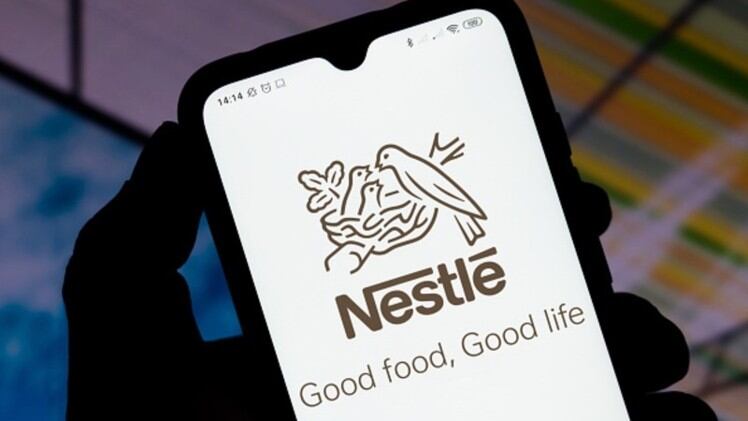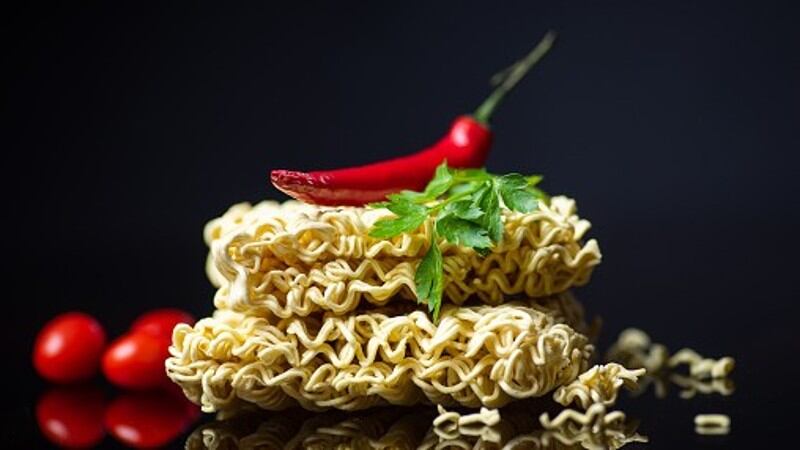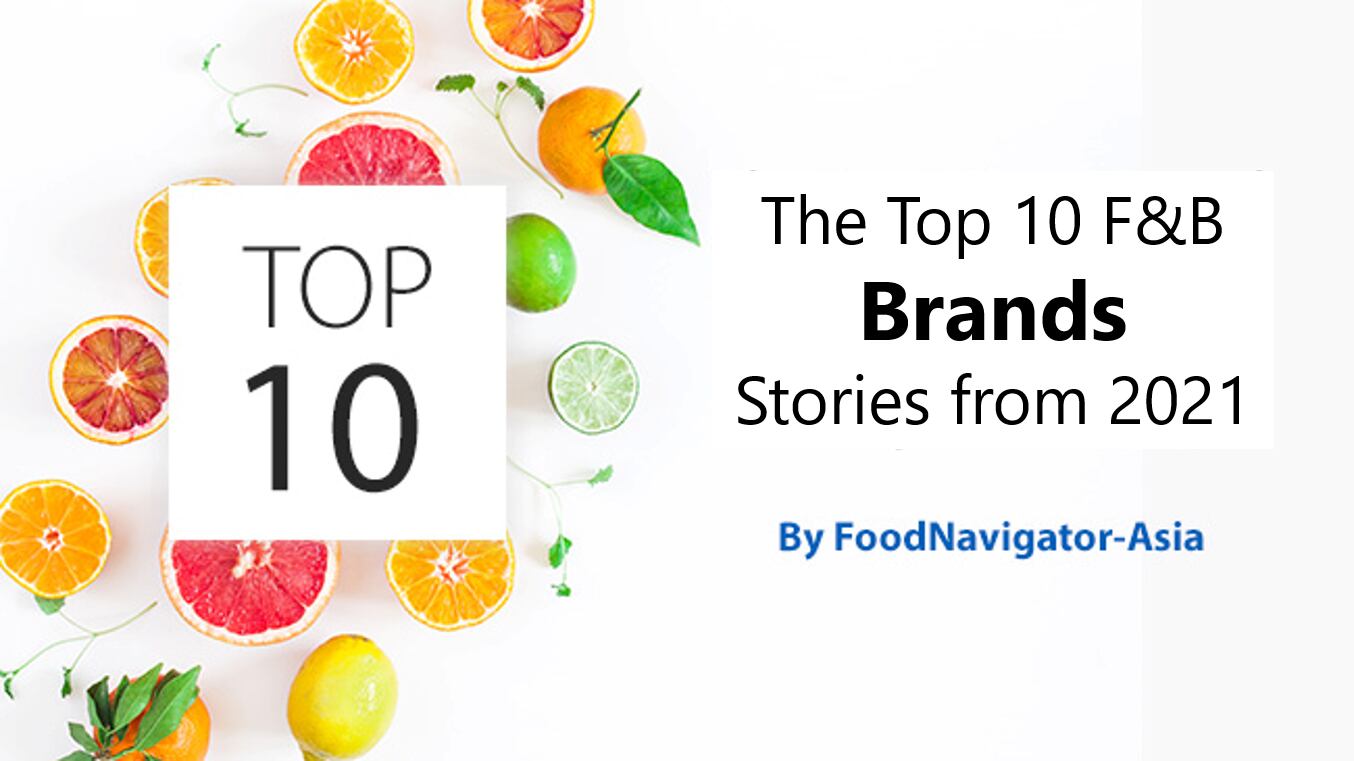The firm recently converted all its operations – across all of its six Australian factories, two distribution centres, three corporate offices, 20 retail boutiques, and laboratory – to function using only renewable energy, and decided that it will be solely focusing on wind energy for this.
“We have made our first renewable power purchase agreement (PPA) with CWP Renewables, which is for 10 years – CWP Renewables’ Crudine Ridge and Sapphire wind farms in NSW will generate enough electricity to cover the electricity used across Nestle’s sites each year,” Nestle Oceania Director of Corporate Affairs & Sustainability Margaret Stuart told FoodNavigator-Asia.
“This will help us to avoid some 73,000 tonnes of carbon emissions every year [and is a] key part of our goal to reach net-zero emissions by 2050 and halve emissions by 2030.
“In addition to our renewable power switch, Nestle is also increasingly putting a focus on plant-based food and beverages [as] research shows that one in four Australians are reducing or excluding animal products from their diet, so we believe this trend is here to stay.”
Nestle Australia has a introduced a wide range of plant-based products in the country in response to consumer demand for these, spanning many well-known brands including Uncle Tobys vegan and vegetarian oat milks, Nescafé Gold plant based lattes, Milo plant-based, Plant-based Sweetened Condensed Milk and the Harvest Gourmet vegan meat range.
“We don’t have a specific percentage [of our portfolio] we are looking to convert into plant-based products as such, but plant-based products are also a key part of [reaching] our 2030 and 2050 goals,” said Stuart.
“Other initiatives we are looking at in terms of product brands includes reaching carbon neutrality for Nespresso by the end of this year, and for KitKat by end-2025.
“Nespresso has been carbon neutral across its business operations since 2017 and has committed that every cup for both professional and at-home consumers will be carbon neutral by 2022 [through] the reduction of carbon emissions, the planting of trees in and around its source coffee farms (insetting), and through support and investment in high quality offsetting projects.
“As for KitKat, our pledge to become carbon neutral by 2025 will see the brand globally aim to reduce emissions generated through ingredient sourcing, manufacturing and distribution by more than 50% [in addition to] protecting and restoring forest, expanding regenerative agriculture, and accelerating the transition to renewable electricity.”
Packaging innovation
Environmental pollution as a result of single-use plastic packaging has been a major area of concern for the industry for some years now, and Nestle has also borne the brunt of criticism in this area in several countries such as the Philippines in the past.
The firm opened its own packaging innovation centre in 2019 to address these concerns, and indeed packaging has been at the heart of many of its sustainability conversations previously.
Nestle has been developing various packaging solutions to replace single-use plastics in markets such as the US and Europe, but has yet to find a widespread solution for the APAC region so far due to the tropical climate making development here a challenge.
Stuart agreed that the firm’s biggest challenge is the climate, and stressed that extensive trials are conducted before any new packaging materials can be approved for use.
“Our biggest challenge in developing sustainable packaging materials in our region is humidity, particularly in the Pacific Islands, as moisture can affect product quality,” she said.
“In these instances we still use packaging materials which have a higher moisture barrier to prevent moisture entering the pack, an approach that is widely used in humid areas. Heat can also be a concern for shelf life because it affects the quality of the product, but is less likely to affect packaging.
“We make sure we conduct extensive trials locally when adopting new packaging materials to ensure it is fit for purpose in our environment [and] validate shelf life using worst case scenarios for both temperature and humidity, as well as use refrigerated distribution systems for products that may be sensitive to heat [in order to maintain product quality and safety.”
Nestle Australia participated in a project to produce the country’s first soft plastic food wrapper made with recycled content last year, though this is not yet commercially used.
Other sustainable packaging initiatives by the firm included the reduction of pack sizes for its Bakers Choice Melts and Choc Bits to reduce virgin plastic use by 1.68 tonnes yearly, switching to 100% recyclable packaging for Smarties, and incorporating the removeable tab on its Nescafe coffee mixes chocolate shaker into the shaker as well as replacing the carbon black pigment used to make 85 tonnes of packaging recyclable.





